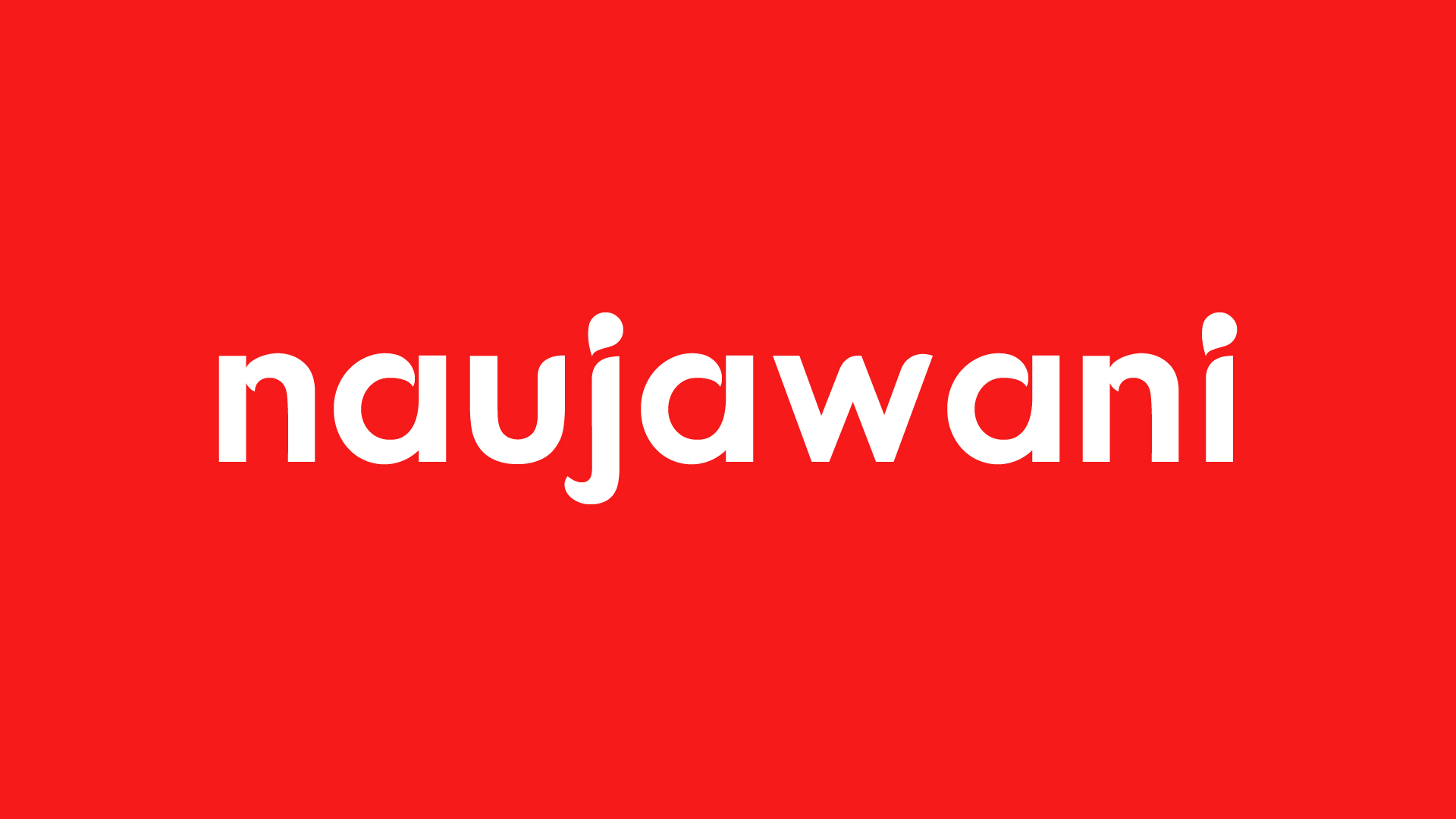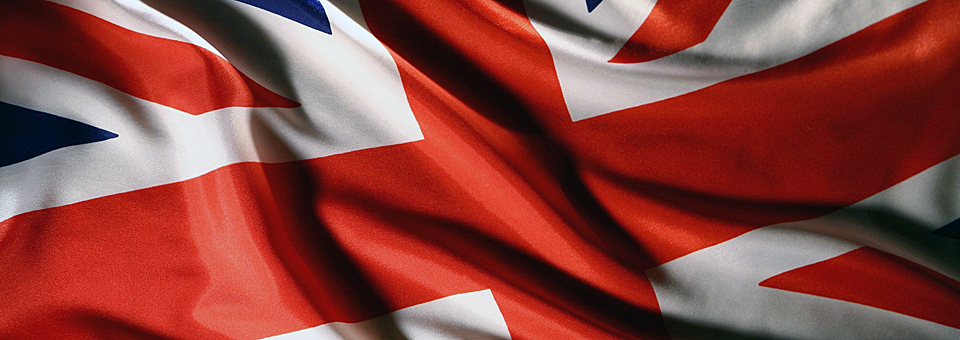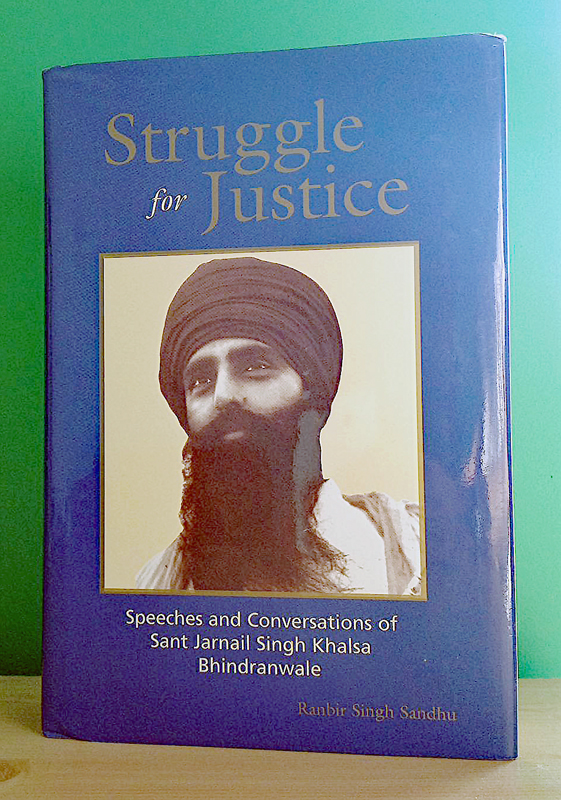What became India and Pakistan began well before 1947
Mountbatten selecting the date which marked the two year anniversary of the Japanese surrender of World War 2.
Time is unforgiving.
We’re told to remember the “price” that was paid for independence – the deaths of a million people killed in communal violence caused during the partition of Punjab. As if thatAll I see is more suffering for the Punjab.
Our parents, grandparents and great grandparents are directly to blame for not telling us who the Babbar Akalis were; they are responsible for allowing the history of the Gadhar Party to be transformed; and most importantly, they allowed the nature of the to dissipate. And yet still this pales in significance with what we have done: in an age where information is available to us at the click of a button,
flag-burning
the end of the British rule in India, on August 15, 1947, and the establishment of the Dominions of India and Pakistan, which were allowed to secede from the British Commonwealth.
The date I chose came out of the blue. I chose it in reply to a question. I was determined to show I was master of the whole event. When they asked had we set a date, I knew it had to be soon. I hadn’t worked it out exactly then — I thought it had to be about August or September and I then went out to the 15th August. Why? Because it was the second anniversary of Japan’s surrender.”
“It was agreed [that] from Ravi to this boundary of the whole Punjab will be SS – it will be Sikh State – under the British domain for fifty years and then it will be a common domain of Pakistan and India.”
I bear no hatred towards India. I have and never will burn the Tiranga, or indeed the flag of any nation state for it represents those people and what they have fought for. The Indian nation state is a project that has borne fruit for its architects, whose aims of homogenising hundreds of dialects, cultures and communitys into a singular
Don’t face reality.
We read the Ardas everyday, some of us three times – why do we gloss over the penultimate section that depicts the Sikh struggle to have Sri Nankana Sahib and similarly displaced Gurdware under a SIkh authoritative control ocne more? Even to the extent that rejection of Punjabiyat – simplified as ‘pendu’, a self-loathing term now culturally imbibed into every Punjabi -faceboo





